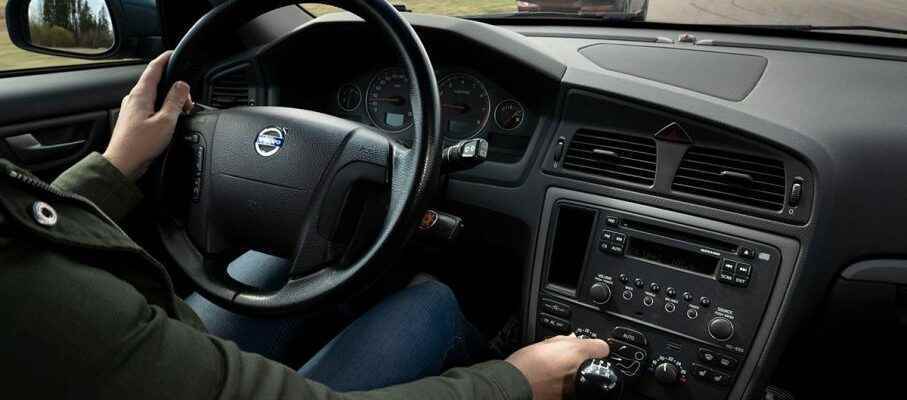It’s a fact, in some vehicles, the good old buttons of yesteryear are rare, in favor of touch controls.
However, it would seem that these interfaces are not that effective…
Tactile interfaces better than button interfaces?
It’s been a few years since our modern vehicles abandoned the good big buttons, switches and other wheels on board, to favor an almost entirely tactile interface. In addition to infotainment, in-car touchscreens now provide access to many vehicle features. They offer interiors that are more and more refined, and therefore more and more “tactile”.
Moreover, according to Ars Technicaas more and more people aren’t interested in a car without Android Auto or Apple CarPlay, touchscreens make life easier for automakers when it comes to design and assembly.
A prioriNope…
However, it would seem that these same touch screens do not necessarily make life easier for drivers. According to a survey conducted by the Swedish magazine Vi Bilagareon-board touch interfaces prevent any muscle memory and tend to distract us when we’re driving.
As part of its study, the magazine tested 11 modern vehicles to compare them to a good old Volvo C70 from 2005. The test consisted of timing the time it took to complete a list of tasks in each car: turn on the heating the seats, increase the cabin temperature, turn on the defroster, adjust the radio, reset the on-board computer, turn off the screen, adjust the brightness of the instruments.

According Vi Bilagare, the various tasks were completed in ten seconds, during which the car was driven for 306 meters at 110 km/h. Most other vehicles took twice as long or even longer to complete the same tasks. This is explained by the presence of buttons whose location is easily memorized by the driver (the famous “muscle memory” which consists of consolidating a specific motor task through repetition). These can be activated in one click, without going through any prior step and/or any screen to monitor.
The magazine also indicates that not all in-vehicle interfaces are the same when it comes to efficiency. Thus, if the Tesla Model 3 is a model of ergonomics (despite an important part given to touch), the interface of the Volkswagen ID.3 would, on the contrary, be quite catastrophic, just like that of the MG Marvel R…

The magazine also measured the angle at which the driver must look down to operate the controls, and on some vehicles the line of sight must be lowered by 56° to see the lower end of the in-car screen. So many elements that tend to distract the driver during the driving phases.
Source : Ars Technica

7